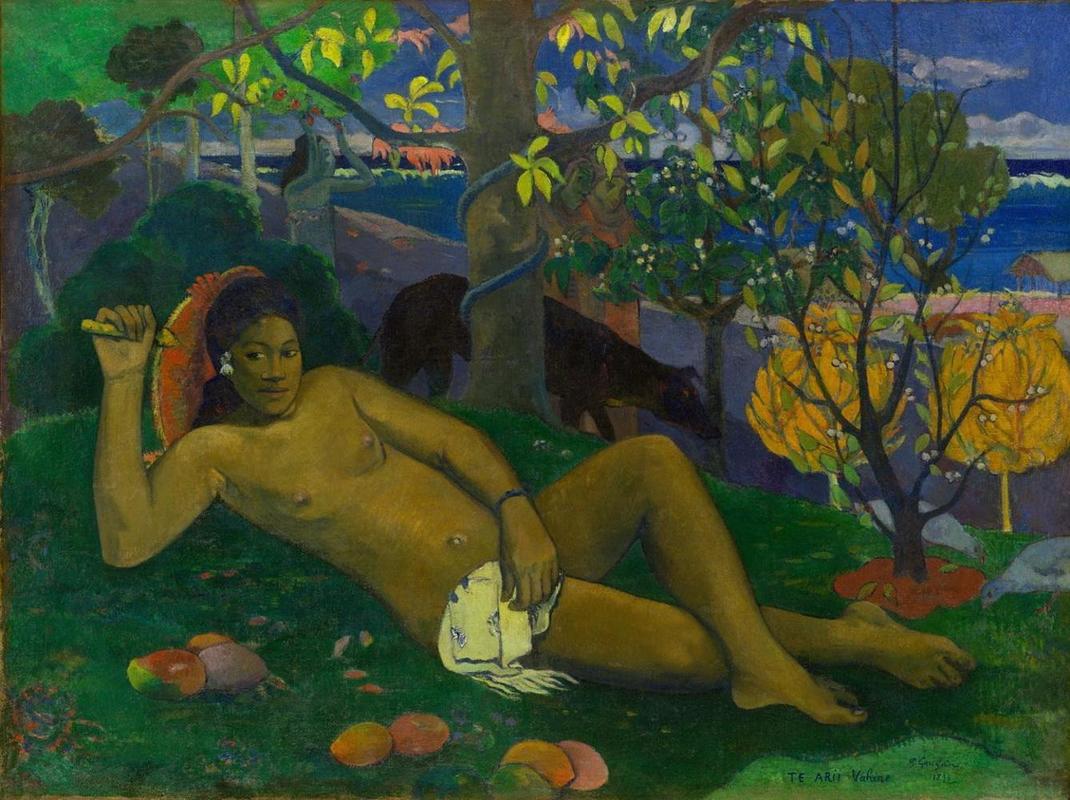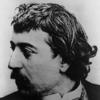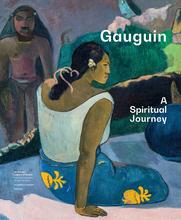More about Ne Arii Vahine (The Queen, the King's Wife)
- All
- Info
- Shop

Contributor
Just in case the world needed another odalisque, Paul Gauguin made Ne Arii Vahine (The Queen, the King's Wife).
Manet had his Olympia, Titian had his Venus of Urbino, Ingres had his Grande Odalisque, and François Boucher had his Brown Odalisque but Gauguin went ahead and made his own Tahitian eye candy. Because why not? It worked out so well for the other guys. In Gauguin’s defense he did add a little flair to his that the other artists did not have. He added a tree of the knowledge of good and evil, two old guys discussing said tree of knowledge, a watch dog, and a snake, which hints at some sort of Adam and Eve situation. The girl who modeled for this piece has been identified as Gauguin’s (underaged) Tahitian wife, which puts into question whether or not Gauguin had any authority of the subject of a tree of the knowledge of good and evil. But Gauguin was proud of his work nonetheless. A little confused, but proud. He wrote to his friend, Daniel de Monfred, about the piece, “I don't think I've ever done anything with such a strong, impressive ring about it. The trees in blossom, the dog on guard, and the two doves cooing on the right. But what's the point in sending this canvas to Paris, when there are already so many others there unsold that have caused such a rumpus. This would produce an even bigger rumpus." Personally I think a rumpus might have saved this girl from having to deal with Gauguin, but I digress.
Just before he painted this work, Gauguin had gone back to Paris to try to sell some of his works and raise money so that he could continue traveling. After almost two years of shameless self-promotion, he went back to Tahiti. This time, though, it was different. To Gauguin’s great detriment, it had been westernized (not that he didn’t play a part in that) so he packed up and went to the island Punaauia. He lived in a hut made of bamboo canes and palm leaves and painted his incredible surroundings, which included the chief’s wife, until the day he died.
Sources
- "Ne Arii Vahine (The Queen, The King's Wife) - Newestmuseum." Newestmuseum.ru. N.p., 2018. Web. 26 Oct. 2018. http://www.newestmuseum.ru/data/authors/g/gauguin_paul/ne_arii_vahine.p…
- "Ne Arii Vahine (The Queen, The King's Wife) - The Pushkin Museum Of Fine Arts." Arts-museum.ru. Web. 26 Oct. 2018. http://www.arts-museum.ru/data/fonds/europe_and_america/j/2001_3000/616…
- "Paul Gauguin TE ARII VAHINE – LA FEMME AUX MANGOS (II)." sothebys.com. Web. 26 Oct. 2018. http://www.sothebys.com/en/auctions/ecatalogue/2017/impressionist-moder…












